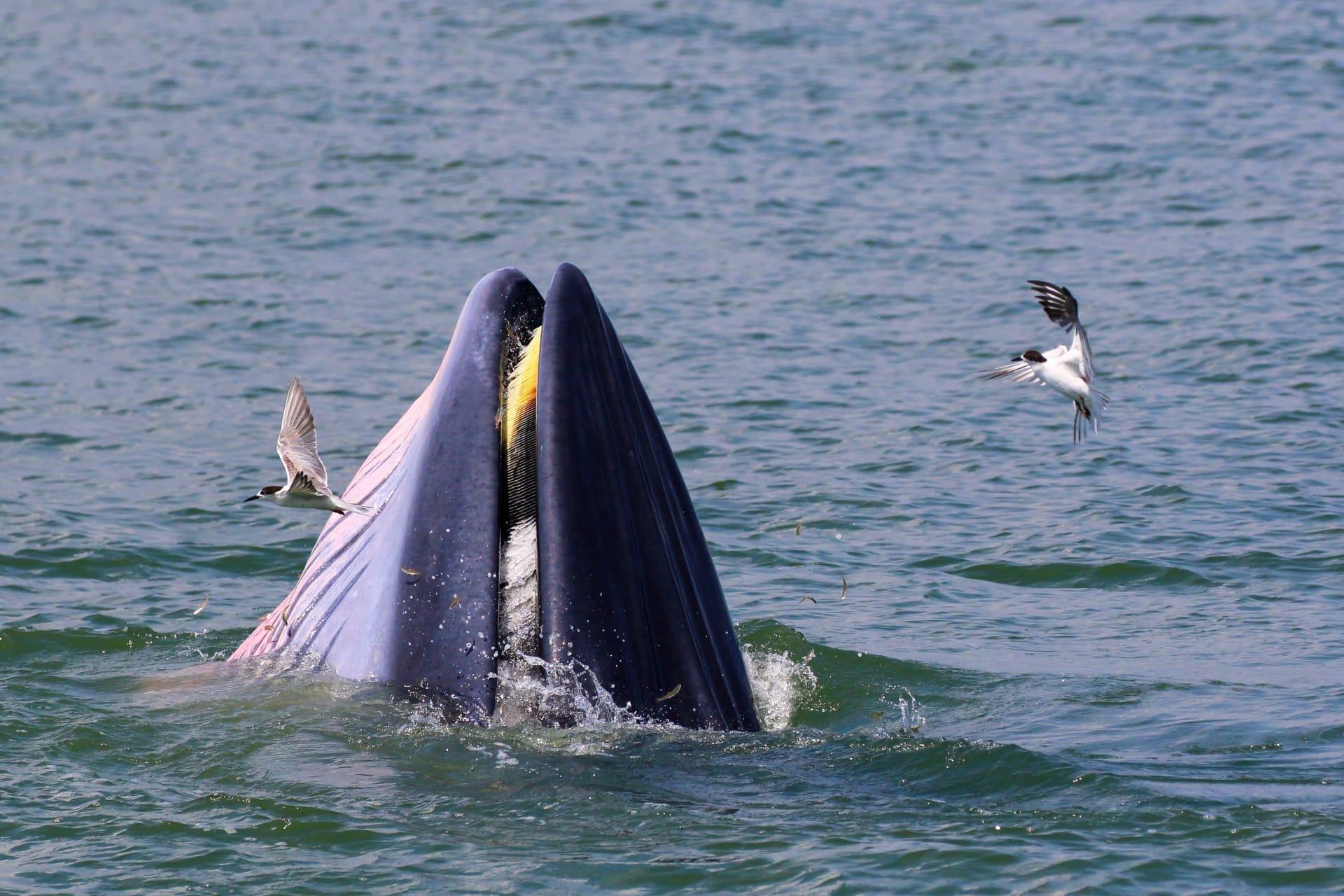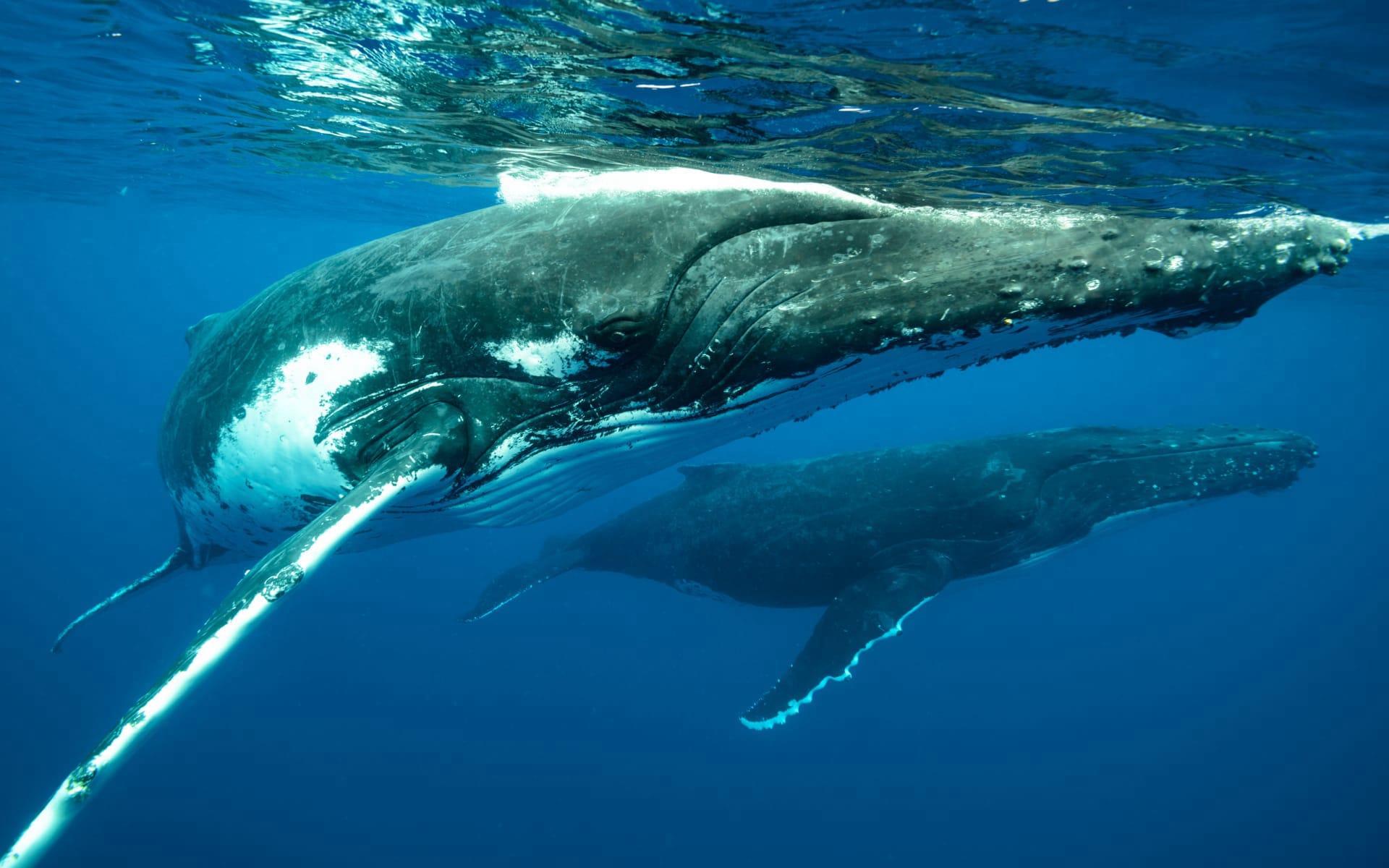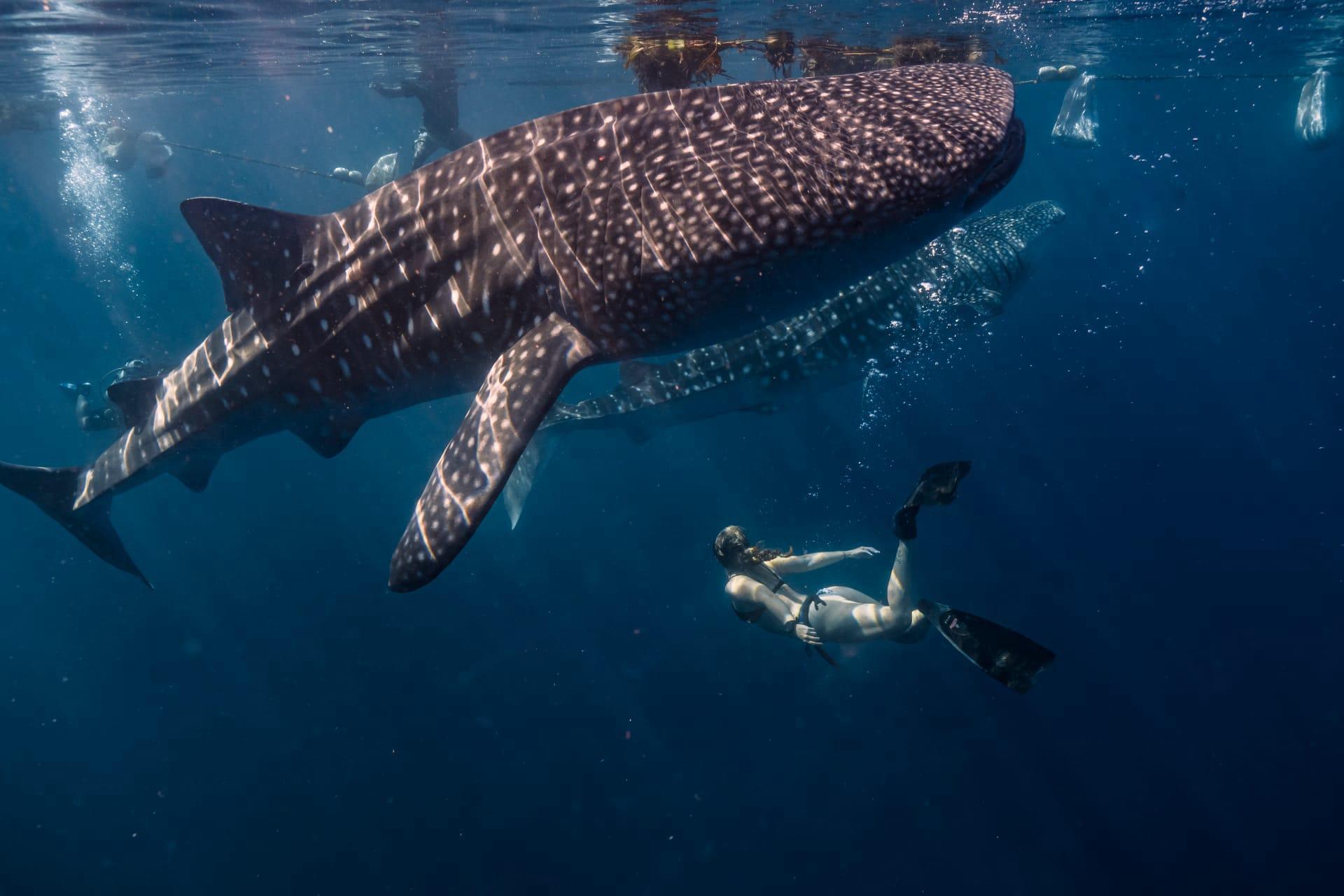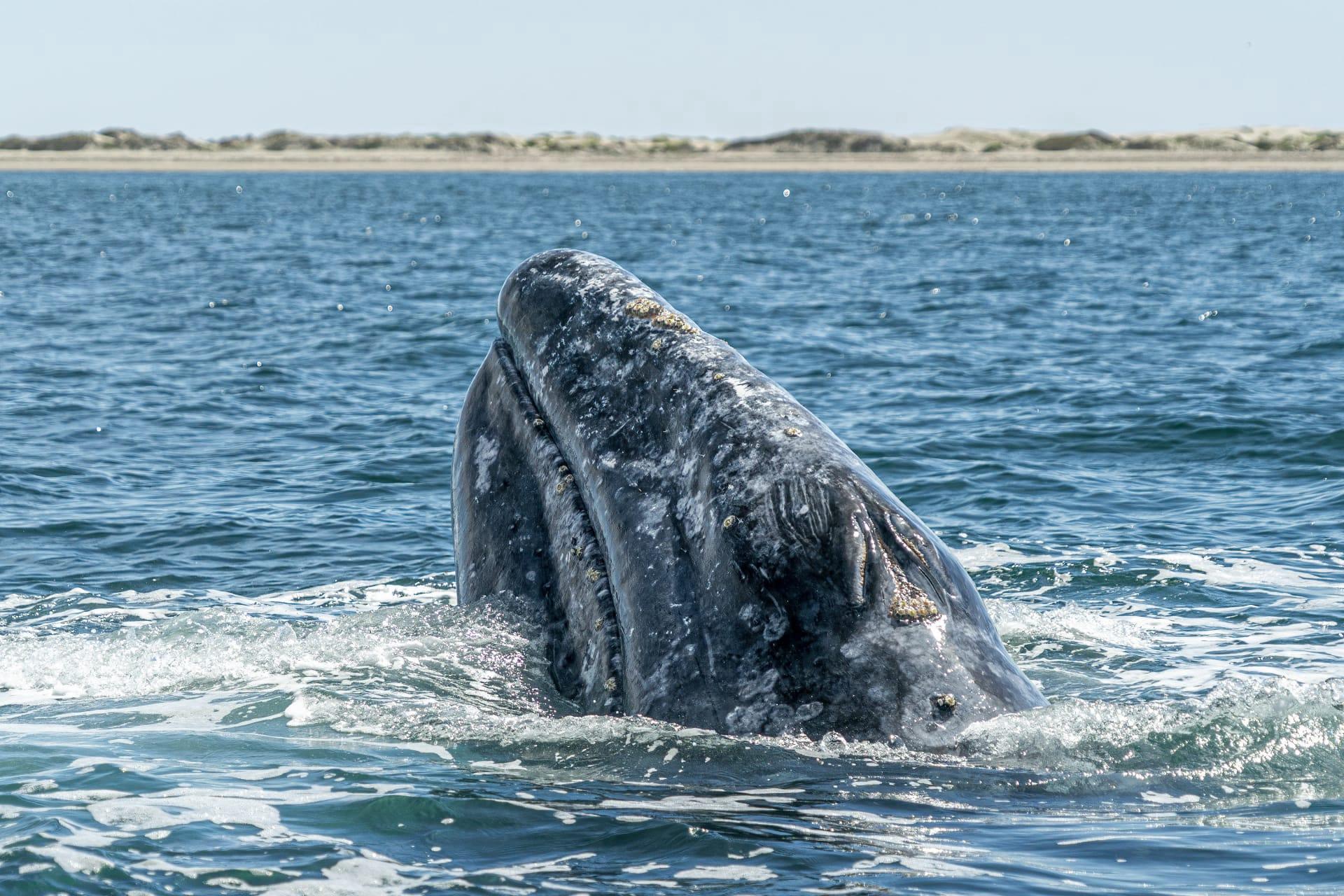Whale
- Home /
- Mini Encyclopedia /
- Animal /
- Whale
1
Whales, the ocean's gentle giants, belong to the Cetacea order, which is divided into two suborders: Mysticeti and Odontoceti. Mysticeti, or baleen whales, include species like the colossal Blue Whale, which can reach lengths of up to 100 feet, making it the largest animal ever known to have existed. Humpback Whales, known for their mesmerizing songs and acrobatic breaches, also fall into this group. Odontoceti, or toothed whales, include the Sperm Whale, famous for its deep dives of over 2,000 meters in search of giant squids. Killer Whales, or Orcas, also part of this suborder, are known for their complex social structures and cooperative hunting strategies.
Whales are found in all the world's oceans, from the frigid Arctic and Antarctic waters to tropical seas. Baleen whales, like the Gray Whale, undertake some of the longest migrations, traveling up to 12,000 miles round-trip between feeding and breeding grounds. Meanwhile, some species, such as the Beluga Whale, are known to inhabit Arctic and sub-Arctic regions, navigating icy waters with ease. In contrast, the Humpback Whale's distribution spans from polar to tropical waters, showcasing their adaptability. These migrations and habitats are crucial for their survival, impacting their feeding, breeding, and calving behaviors.

2
Question: Do whales drink seawater?
Answer: A common misconception is that whales, like fish, drink seawater. In reality, whales do not drink seawater; instead, they obtain fresh water from their food. Baleen whales filter vast quantities of small fish and krill, and the water absorbed from this food meets their hydration needs. Toothed whales, consuming larger prey, also extract necessary water from their diet. This adaptation is crucial for their survival in marine environments, where drinking saltwater would be detrimental to their health.

3
Whales have evolved remarkable survival strategies to thrive in the ocean. Baleen whales, for instance, employ a technique called filter feeding. They take in enormous amounts of water teeming with small organisms and then expel the water, trapping their prey in baleen plates. This method allows them to consume vast quantities of food efficiently. Toothed whales, on the other hand, use echolocation to hunt. They emit sound waves that bounce off objects, helping them navigate and locate prey even in complete darkness. This skill is especially useful in the murky depths of the ocean or during nocturnal hunting.
Another key survival tactic is their social behavior. Many whale species, like Orcas and Pilot Whales, form tight-knit family groups known as pods. These groups collaborate in hunting, protect each other from predators, and assist in caring for the young. This social structure is not only vital for their immediate survival but also plays a significant role in the transfer of knowledge across generations, enhancing their overall adaptability and resilience in the marine environment.

4
In the marine ecosystem, whales play a critical role in maintaining balance and health. As apex predators, species like Orcas regulate the populations of other marine mammals, fish, and invertebrates, preventing any single species from overwhelming the ecosystem. This top-down control is essential for maintaining the diversity and health of marine life.
Whales also contribute significantly to nutrient cycling in the oceans. Through their feeding and excretion, they redistribute nutrients throughout the water column. For example, their feces are rich in iron and nitrogen, which fertilize phytoplankton. This process not only supports the base of the marine food web but also aids in carbon sequestration, as phytoplankton absorb carbon dioxide during photosynthesis. Thus, whales play a crucial role in mitigating climate change by enhancing the ocean's capacity to absorb carbon.

5
Film: "Blackfish" (2013, USA). This documentary focuses on the controversial captivity of killer whales (Orcas) in marine parks. It highlights the psychological trauma and physical dangers faced by these intelligent creatures in confinement, sparking a global conversation about animal rights and ethics in marine entertainment.
Book: "The Whale: In Search of the Giants of the Sea" (2010, USA) by Philip Hoare. This book is a compelling blend of natural history, literature, and personal narrative. Hoare explores the cultural and biological significance of whales, weaving historical accounts with his own experiences of whale watching.
Book: "Beneath the Surface: Killer Whales, SeaWorld, and the Truth Beyond Blackfish" (2015, USA) by John Hargrove. Written by a former orca trainer at SeaWorld, this book offers an insider's perspective on the lives of captive killer whales and the ethical dilemmas involved in their captivity.